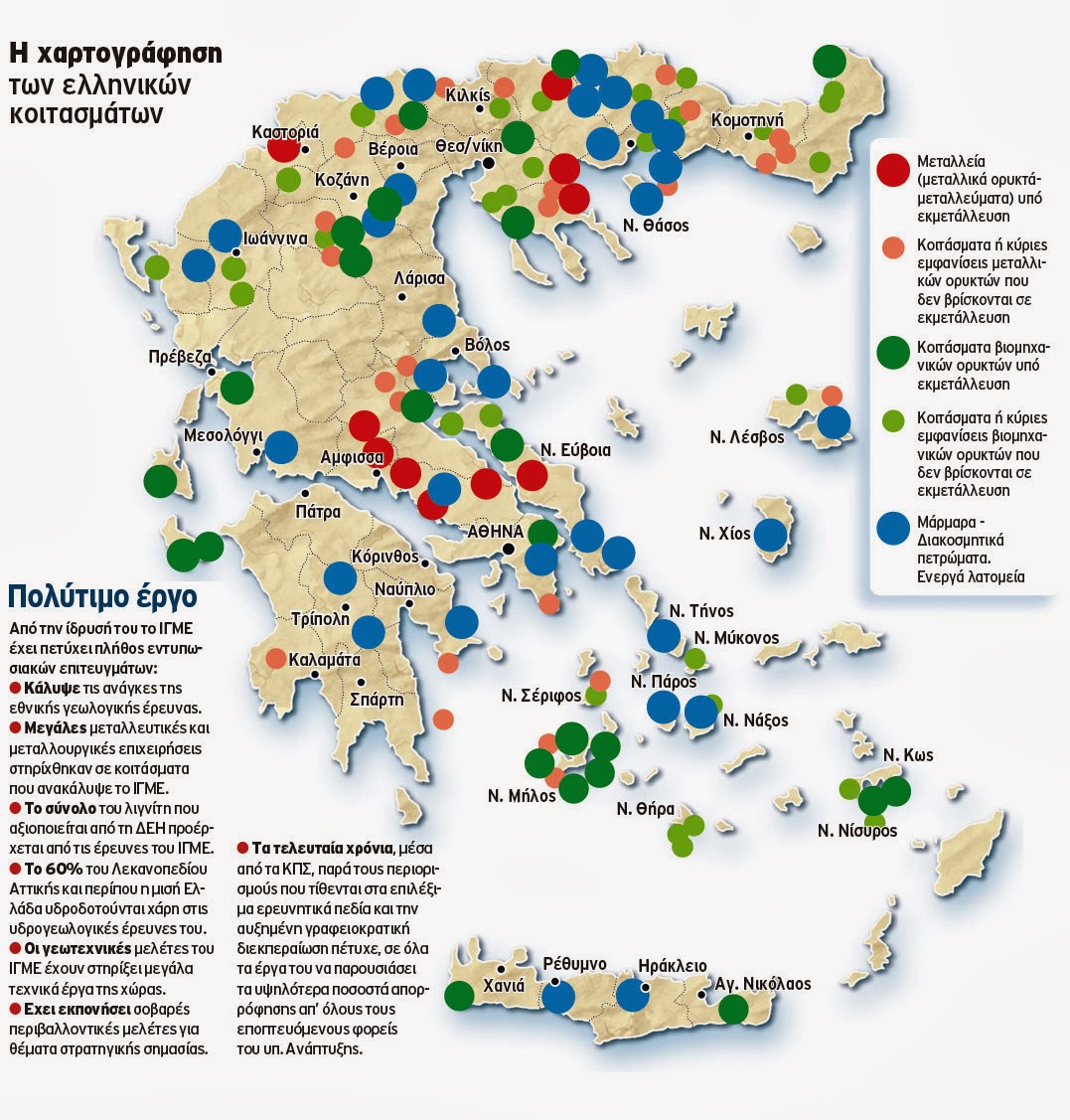
The minerals value chain
The minerals value chain is the cycle of activities involved in the usage of minerals including exploration, mining, quarrying, mineral processing, metallurgy, recycling and rehabilitation. Here follows a brief description of these main activities:
Mineral exploration is undertaken in order to find mineral deposits that might be suitable for exploitation. A variety of methods and techniques are used, including geological mapping, aerial photography and satellite images, and geochemical surveys (looking at the chemistry of soil and water which may indicate the presence of certain minerals). Sampling of rocks is carried out both at the surface and through drilling boreholes into the ground. The final stage of mineral exploration is a desk-top study that evaluates all factors that are relevant to the decision to mine: geological, mining, environmental, political and economical.At this stage, the financial aspects are also considered, including the cost of mining, metallurgy, legal and government factors. The initial costs to set up the mine and run it (termed capital and operational costs) are compared to the expected income from the products of the mine over its lifetime. This provides the mining company with a business case that might justify an application for planning permission to extract the mineral.
Mining. A mineral deposit has to be extracted from the ground where it is situated through mining. This may take place at the surface in open pits or underground. Which of these is chosen depends on many factors, such as the shape, orientation and depth of the deposit and the strength of the mineral-bearing and surrounding rock. Surface mining is typically used when the mineral deposit is located close to the surface. It is more economical than underground mining but has a more significant impact on the surrounding environment. In underground mining, the ore is extracted below the surface with as little waste as possible. Operating mines range in size from small underground mines producing less than 100 tonnes of ore per day to large open pits, some of which move thousands of tonnes of mineral and waste rock per day.
Processing. When the minerals have been extracted from the ground they need to be processed o a form that is useful to us. This usually involves removing any unwanted impurities and processing to increase the concentration of the economic mineral.
Metallurgy. After concentrating the mineral, it may be transported to another site for further processing. Metallic minerals may be smelted or refined to extract pure metal from them. Pure zinc metal is, for example, recovered from sphalerite (zinc sulphide mineral) concentrates.
Recycling. Waste materials are by-products from all previous value chain activities. Recycling and re-use of waste materials increase the supply of valuable secondary resources and encourages a more resource-efficient economy. Many critical minerals and metals may be collected through recycling of mining related waste materials. However, even with the important contribution from recycling, minerals extracted from the Earth still supply most of our daily needs.

Rehabilitation. Modern mine rehabilitation begins already at the start of a mining project and aims at minimizing the environmental effects of mining. Rehabilitation is an on-going process throughout the period of mining, and the land is typically restored for further use as recreational or agricultural land. Today, new mines are typically required to have closure and restoration plans in place before mining starts, and they must also set aside the cost for reclaiming the site in a trust. Despite environmental measures, some abandoned mines may continue to be a problem and a negative legacy of the minerals industry. In most cases, however, old mining areas can be successfully rehabilitated and recultivated. There are many examples of reclaimed mine sites which now provide excellent leisure activities such as walking, adventuring, golfing and sporting in general. There are also other examples worldwide where ecologically rich environments have been created by the mining industry, and now are protected from other types of development.
The role of minerals
Our modern society is totally dependent on non-energy minerals (NEM). They are essential for manufacturing and supply of renewable «green» energy. They also provide the materials to build homes, schools, hospitals and the infrastructure needed by sustainable communities. Despite the recent financial downturn across the globe, the demand for raw materials, such as NEM, will increase as attempts are made to boost economies and push the growth of manufactured goods. A continuous supply of minerals will, in other words, be necessary also in the future. There is no doubt that mining can bring positive benefits to the host countries but these can come at a cost to the environment and local communities if the mines are not managed properly. The fundamental aim must be for the benefits of development to be distributed as widely as possible and for the negative impacts on people and environment to be minimized.
Mining-generated wealth has the potential to improve the economy, infrastructure and quality of life of the host country, region and community, and brings opportunities for economic growth and diversification. Mining generates revenue for governments through royalty and tax income. It also brings skilled employment, technology transfer and training for people, together with further jobs through the multiplier effect. Mining can bring substantial improvements in physical, social, legal and financial infrastructure.
